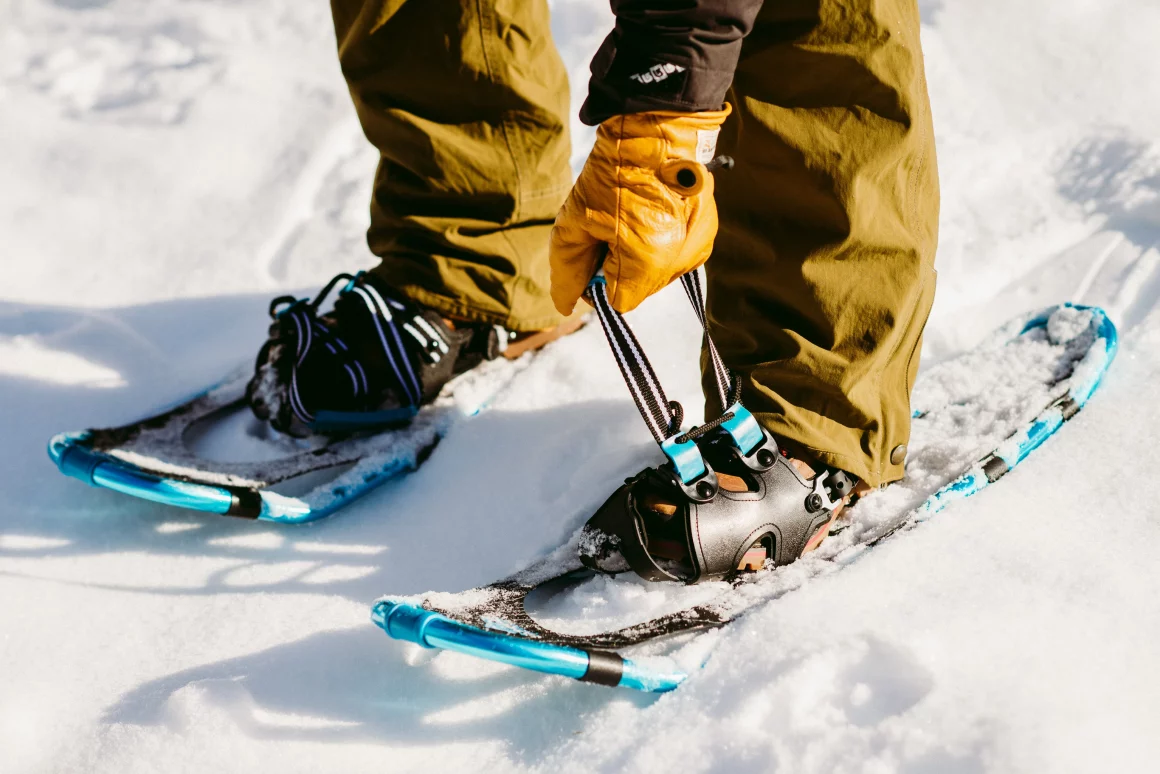
A timeless tradition of Indigenous winter sports in Canada
By Emma Djukic, November 23 2024—
Winter sports have long held a cherished place in the traditions of Indigenous peoples across Canada, weaving together recreation, survival and cultural expression. For thousands of years, these activities have symbolized a profound connection to the land, the snow and the ice. Rooted in practicality, many traditional games not only provided entertainment but also honed essential survival skills for enduring harsh winter environments.
Among the most iconic winter activities is snowshoeing, a practice that originally served as a critical means of transportation across vast snow-covered terrains. Over time, snowshoe racing emerged as both a communal and competitive sport, with styles and techniques reflecting the diversity of Indigenous nations. Each snowshoe was a masterpiece, intricately crafted to balance functionality with artistry, often adorned with designs that told stories of the maker’s heritage.
Another cherished activity is Snow Snake, a traditional game popular among First Nations communities in central and eastern Canada. In this sport, players glide long, polished sticks—aptly called “snakes”—over icy or snowy surfaces, competing for distance and precision. The game demands skill, hand-eye coordination and a deep understanding of snow and ice, blending physical expertise with cultural tradition.
For the Inuit, winter games have always celebrated agility, endurance and resilience. Events such as the One-Foot High Kick and the Knuckle Hop, now staples of the Arctic Winter Games, have their roots in survival practices essential to Arctic life. These activities test physical strength and flexibility while honoring the resourcefulness required to thrive in an unforgiving climate.
Hunting-related games were equally significant, often doubling as training grounds for crucial survival techniques. Competitions in archery or spear-throwing not only fostered friendly rivalry but also ensured younger generations mastered the skills necessary to sustain their communities. These activities highlighted the seamless blend of practicality and play in Indigenous traditions.
Tobogganing, widely recognized today as a recreational activity, originated as a vital method of transporting goods across snowy landscapes. Indigenous sleds, ingeniously crafted from wood and animal hides, embodied a deep resourcefulness and understanding of the environment. Over time, tobogganing transitioned into a leisure activity, preserving its cultural significance while bringing joy to future generations.
Even the essential task of ice fishing carried a social and competitive spirit during the winter months. What was once a means of survival often became a communal event, with friendly contests to see who could catch the most or the largest fish. These gatherings fostered camaraderie, sharing both sustenance and survival knowledge.
Traditional Indigenous winter sports stand as enduring symbols of the ingenuity, adaptability and resilience of Canada’s First Nations, Métis and Inuit. Far from mere pastimes, these activities are living links to a rich heritage, embodying the interconnectedness of people, culture and environment.
Today, modern adaptations of these ancient practices continue to thrive, keeping the traditions alive while reminding us of their historical importance and cultural richness. By celebrating these winter sports, we honor the creativity, endurance and community spirit that have allowed Indigenous cultures to flourish in Canada’s winters for centuries.
